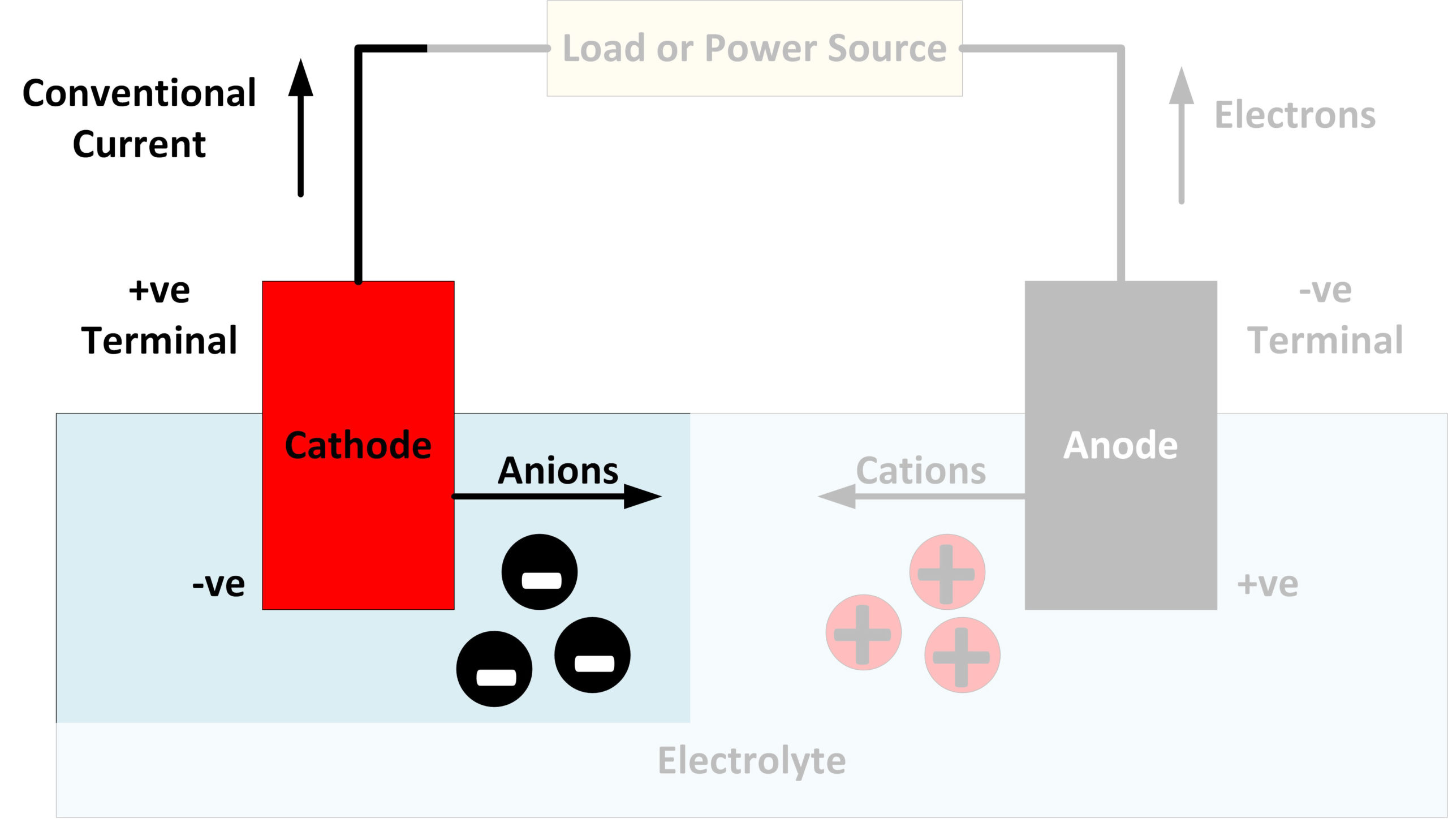
This special report serves as input to the special report on Securing Clean Energy Technology Supply Chains.

It focuses on the challenges and opportunities that arise when developing secure, resilient and sustainable supply chains for electric vehicle batteries and reviews government targets and strategies in this area. This is the chemistry Volkswagen wants to adopt for volume. This special report by the International Energy Agency that examines EV battery supply chains from raw materials all the way to the finished product, spanning different segments of manufacturing steps: materials, components, cells and electric vehicles. Manganese is a cheaper metal than nickel, and it can provide the same range of NMC cells for about 80 percent of the cost, just like LFP. In the longer term, greater efforts are needed to roll out enough charging infrastructure to service the expected growth in electric car sales. In the short term, the greatest obstacles to continued strong EV sales are soaring prices for some critical minerals essential for battery manufacturing, as well as supply chain disruptions caused by Russia’s attack on Ukraine and by continued Covid-19 lockdowns in some parts of China.

Right now, Co can make up to 20 of the weight of the cathode in lithium ion EV batteries. The factory, which will be built under a joint.

Electric car sales powered through 2021 and have remained strong so far in 2022, but ensuring future growth will demand greater efforts to diversify battery manufacturing and critical mineral supplies to reduce the risks of bottlenecks and price rises. The majority of modern electric vehicles use these battery chemistries in lithium-nickel-manganese-cobalt-oxide (NMC) batteries which have a cathode. EV batteries can have up to 20 kg of Co in each 100 kilowatt-hour (kWh) pack. General Motors announced that it will construct a new cathode factory in North America for its electric vehicle batteries.


 0 kommentar(er)
0 kommentar(er)
